This post is the second part of a presentation I have at the Museums Association’s Empowering Collections event. Part 1 broke down some documentation myths. In a nod to the empowerment theme of the conference, the second part is peppered with inspirational quotes. In the spirit of inspirational quotes on the internet, I haven’t fact checked these attributions. The slides were put together using images from Royal Pavilion & Museums open access collections.
Many of us who work with collections have been aware of the issues addressed in my previous post for a long time. Some of the ideas I wrote about were part of the Revisiting Collections toolkit developed a decade ago, but have failed to take hold. It’s frustrating to see the same conversations happening on repeat, with little meaningful change.
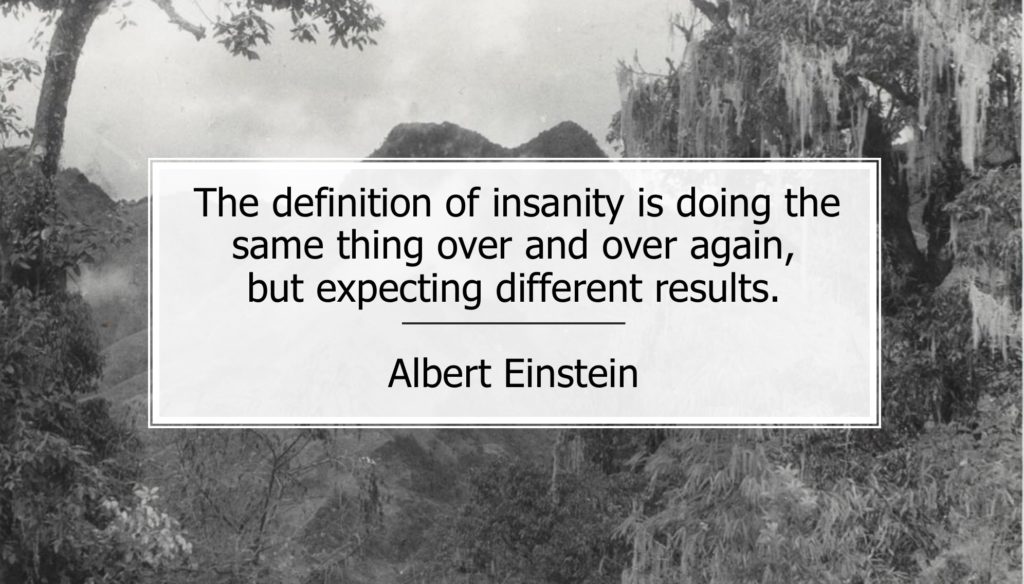
With a nod to the empowerment theme of the Museums Association’s current collections campaign, I think its important that we focus on the positive potential of our work. We are actually extremely lucky to be working in museums at a time when they are under greater scrutiny. I think we need to take heart from the amount of activism within the sector, and from calls for decolonisation of our museums. Now is the time to reflect critically on museums and their methods.
(I tried to find an inspirational quote for this idea, but funnily enough most people don’t seem to view external criticism as a blessing).
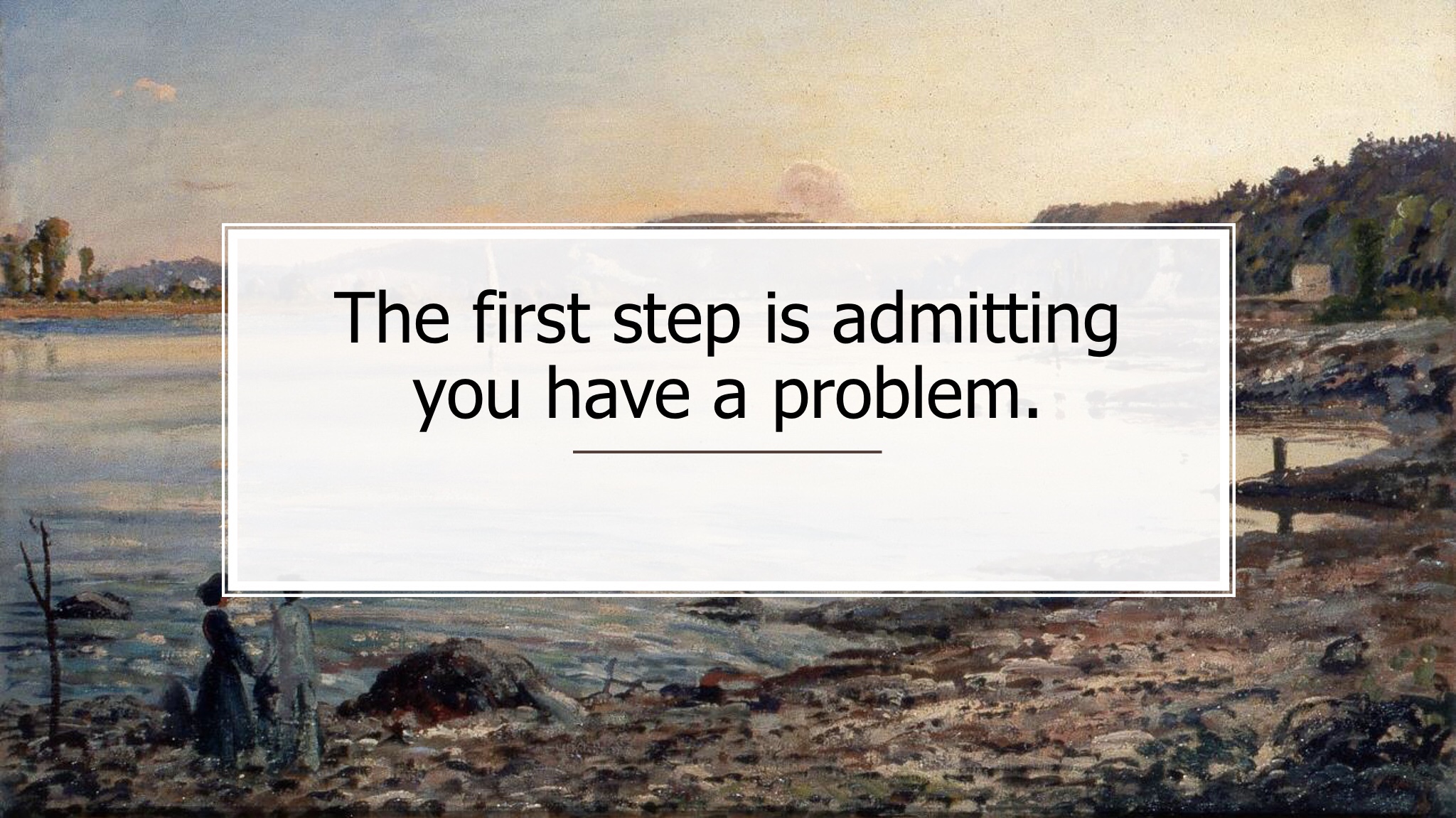
We as professionals and as institutions need to be confident in voicing the problems in our collections and admitting what we don’t know. We need to detach ourselves from our institutional histories and look at them with a critical eye.
We need to admit that not only were our predecessors unscrupulous when it came to acquiring loot, they were often really bad at documenting it. It wasn’t important to them to record the individual who made it, or how exactly it came to be in the museum’s ownership, and in many cases that means we will never know. They were also pretty terrible about collections management and location updates, and they didn’t work to the same professional guidelines we do now, so sometimes things just went missing.
Part of decolonising museum practice may be to admit that not only were museums and their collecting practices a part of the colonial machine, but that that machine was not well designed.
Museum systems of the past did not work as they should have done. We are not experts in the collections that we hold and we have not been experts in documenting and caring for them in the way that we should have done. Admitting where the systems that museums have put in place have not worked is a step towards breaking down those systems to rebuild them and make them better.
This is not about placing all the blame on our predecessors and not recognising issues with current practice.We also need to look at decisions made in the more recent past, and to admit that a focus on museums as venues rather than keepers of things, has meant that we have not prioritised our collections.

To move forward we need to acknowledge current problems but also detach from a sense of personal and professional shame. The 2018 report Profusion in Museums quotes a museum professional as saying:
“…I am ashamed of the state of the collections at the moment so would prefer the public are not aware of the state of things.”
Listening to a paper on this at another conference I tweeted:
.@Future_Heritage report quote from a museum worker. ‘I’m ashamed of the state of things and I don’t want people to know’.
— Kathleen Lawther (@kathleenlawther) July 18, 2019
I’m ashamed of the state of things and I want everyone to know!! #SHCG19
We as professionals are not our institutional histories. We are not going to get anywhere if we carry a personal sense of shame about the state of our collections that prevents us from talking to people about them and working to improve them. We should neither be pretending everything is fine, nor wasting energy on feeling ashamed without taking action. Instead we need to work through the discomfort.
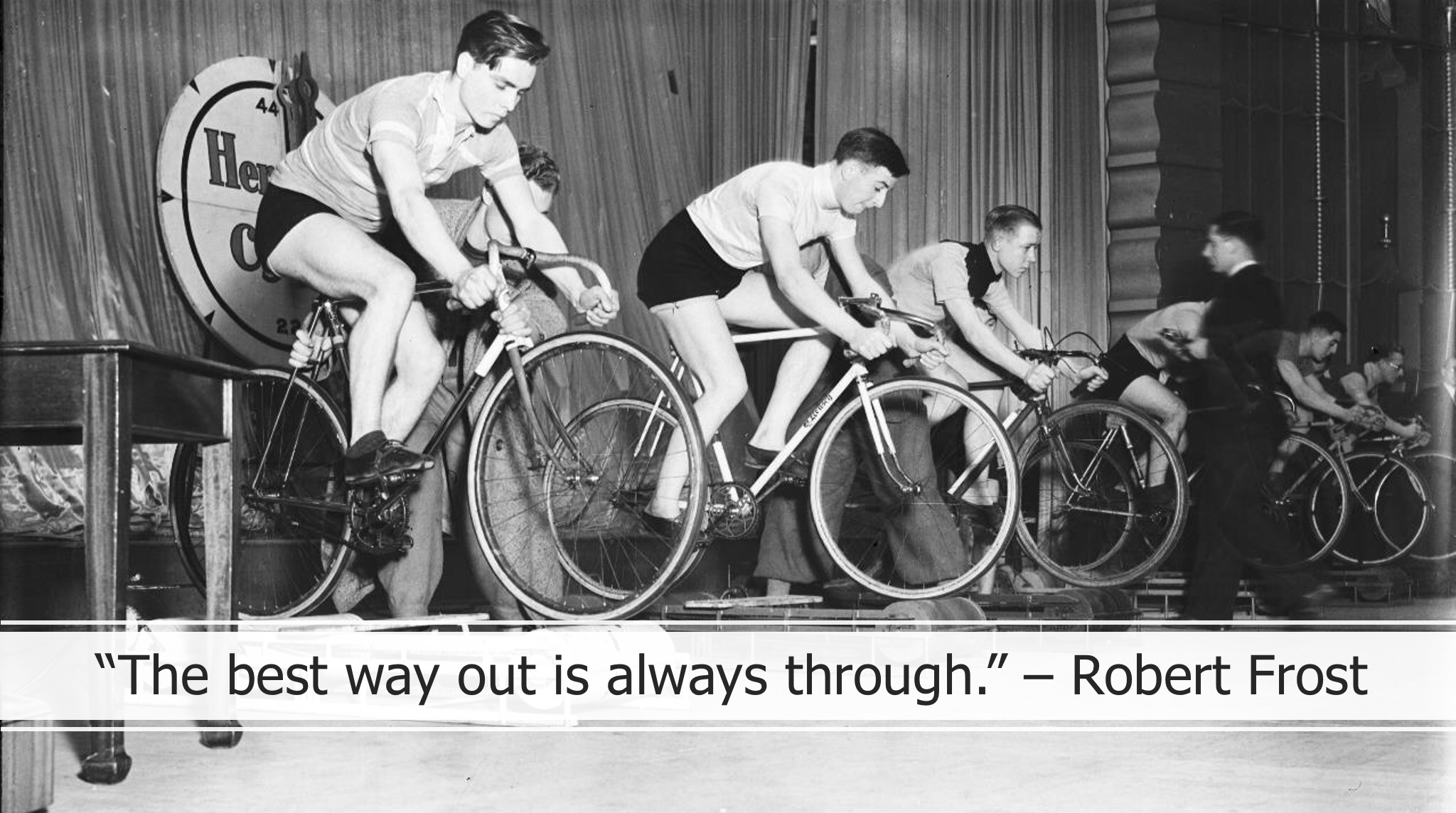
If we want to be able to engage in public debates about colonial era acquisitions we need to know how our objects were acquired and we need to be able to lay our hands on it if someone asks to see it.
We need, in Spectrum terms, a complete inventory of collections. We need to audit our stores and transcribe our accession registers. This is not glamourous work. This is what is considered boring basic documentation. But if we do not do it, how can we claim to be empowering our collections?
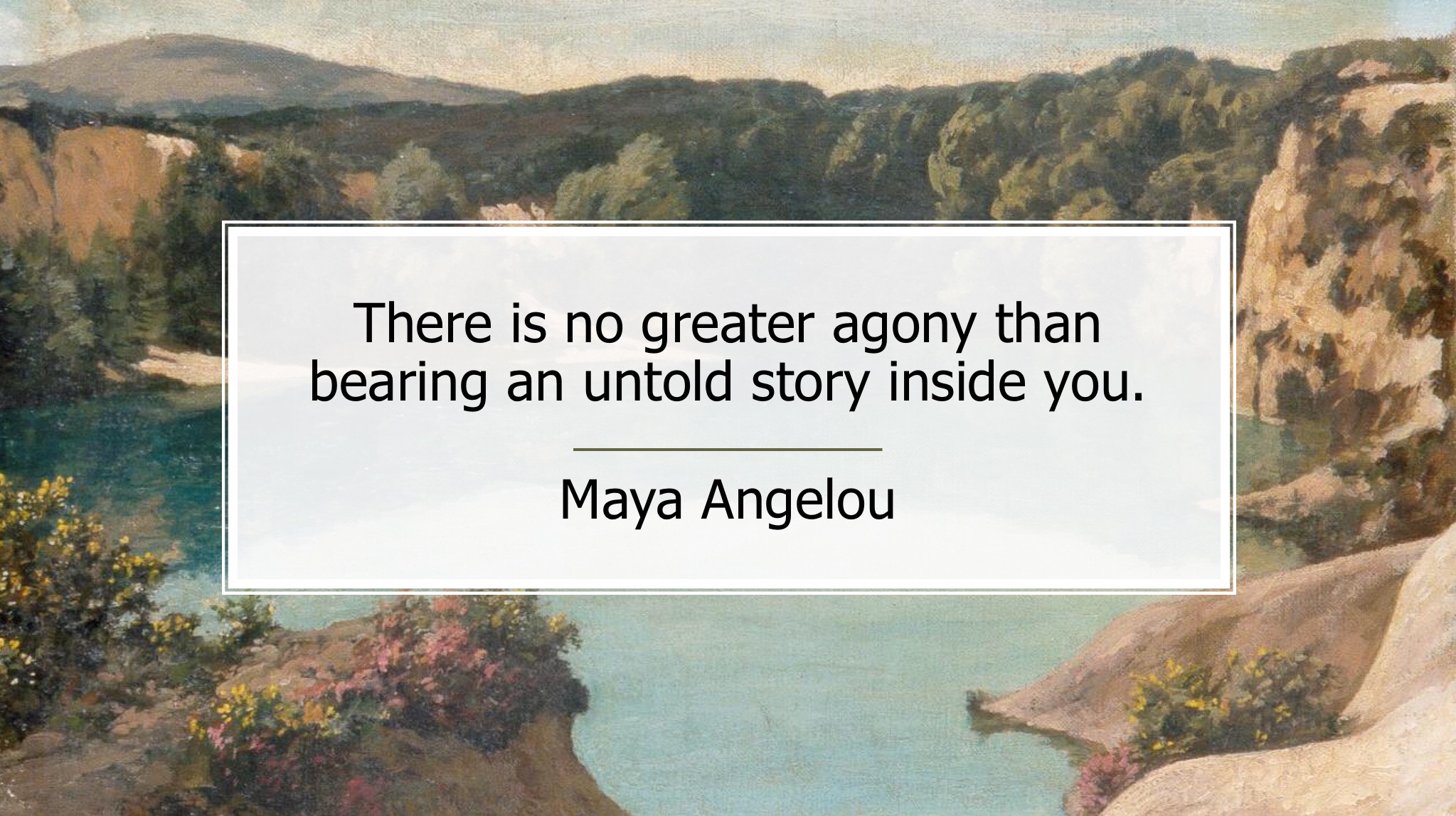
There is nothing empowered about a collection sitting in a box in the store, mislabelled or mislocated, orphaned from its acquisition record and provenance. Such objects have been disempowered, decontextualized, detached from any meaning they could once have had for people.
I spend a lot of time feeling frustrated at the lack of documentation in the museums I work with, but of course that doesn’t actually help. What helps is admitting our mistakes, seeing them with clarity and attempting to make a change.
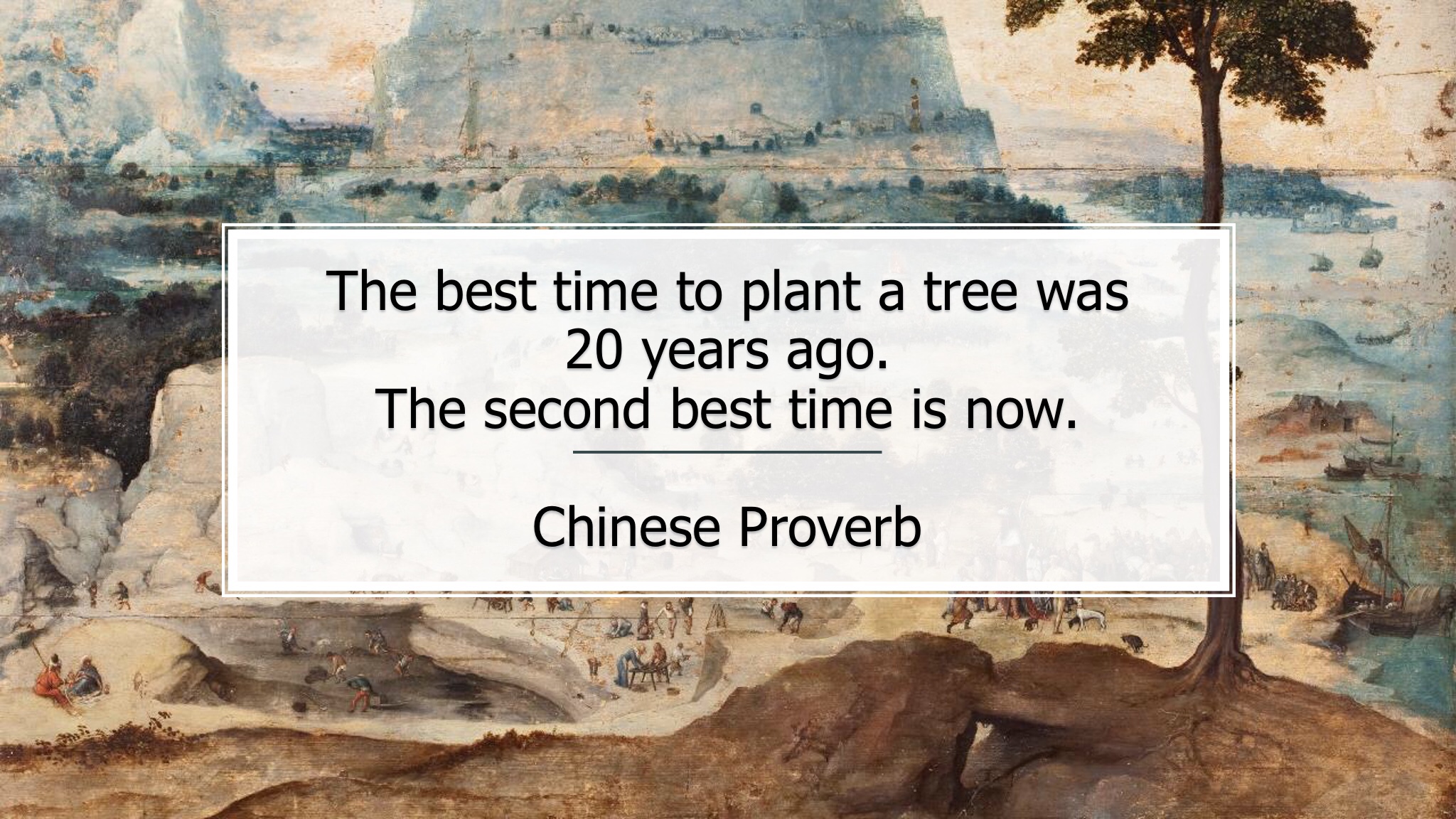
I want to give you an example from my own work. I have spent the past year working to document Brighton Museum’s collections from Botswana as part of Making African Connections project . The museum now has over 200 improved object records digitised and accessible on the project’s digital archive. This has only been possible with a lot of documentation work and a willingness to admit where mistakes had been made in the past:
• At the beginning of the project we did not know where 37 objects were. We found 25 of these, through a systematic retracing of steps, and eventually through going through every box in the Africa section of the store.
• There are still 12 unlocated objects. Some of these were last recorded in 1936, and are likely to have been forever lost. Frustratingly though, at least one object was last documented in 2016.
• One of the objects had spent the last 80 years recorded as plant material, where it is in fact made of caterpillar cocoons. This is important because we need to accurately record the materials used in each object so that we can export them on loan to Botswana, but it also demonstrates the lack of cultural knowledge previous curators of this collection had.
• It was thought that these objects had rarely been displayed. Through historic documentation we have found that the entire collection was on display for at least 10 years in the early 1900s and a selection were exhibited as recently as 2005. None of this was recorded in museum’s collections management system. It is now.
It has been a privilege to have the time to properly document these collections, but it has also been eye opening with regards to how much work is really necessary if we want to empower our collections.
We may not be responsible for our predecessors mistakes, but sorting out the mess of poorly documented collections from the past is our work to do.
I concluded my talk with three hopes for the future:
I want people to feel excited about sorting out their documentation – and to be inspired by the possibilities in their collections that they don’t know about yet.
I want museum workers to be humble enough to admit that we don’t know everything there is to know, and to recognise that it is our responsibility to find out, record it and share it with others. I want us to speak openly about these challenges with our managers and stakeholders. This is not a case of airing our dirty laundry in public, but remembering that it is actually the public’s laundry and we haven’t looked after it properly.
I want museums to recognise documentation work as vital to the stories they tell. What gets recorded in databases and accessions registers stays with the objects longer than an exhibition label. It becomes part of the biography of the object. We need to take our documentation work as seriously as we do our displays. I want you to think, with every event and engagement at the museum, how am I going to document this so it’s legacy stays with the object?